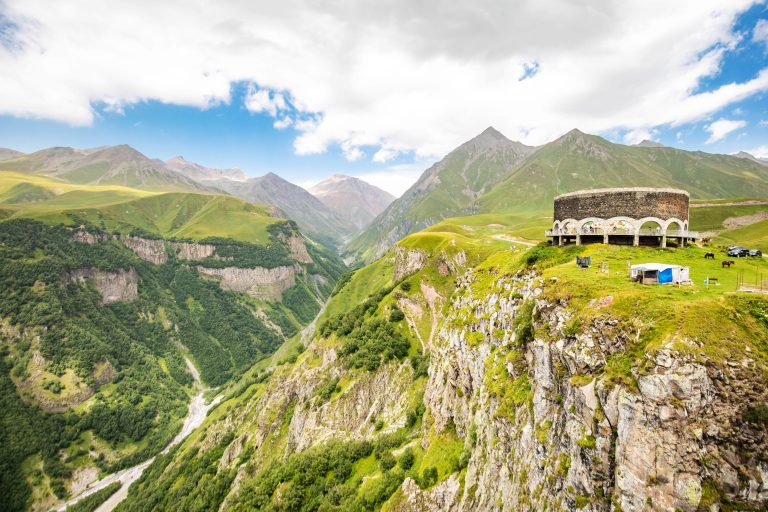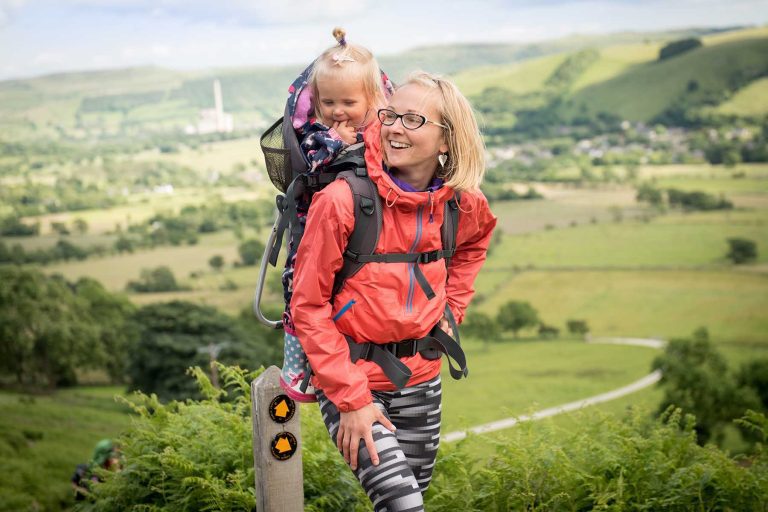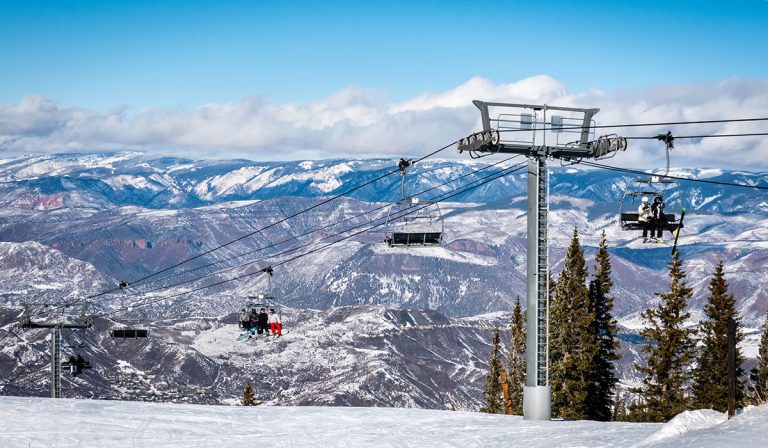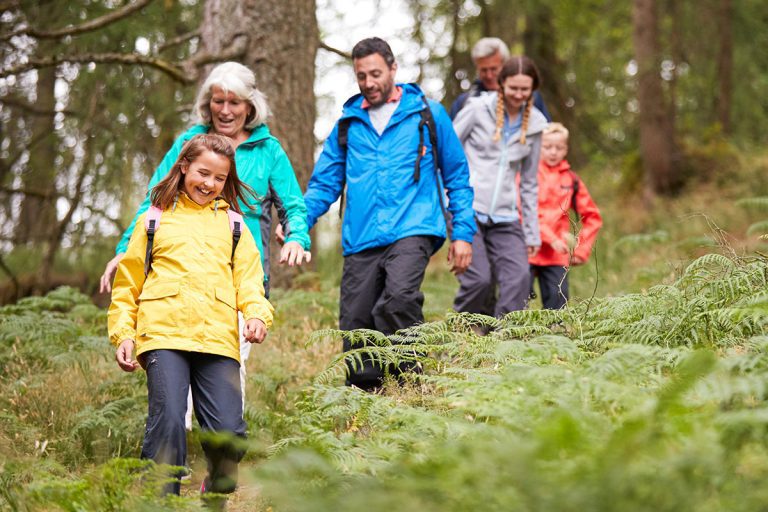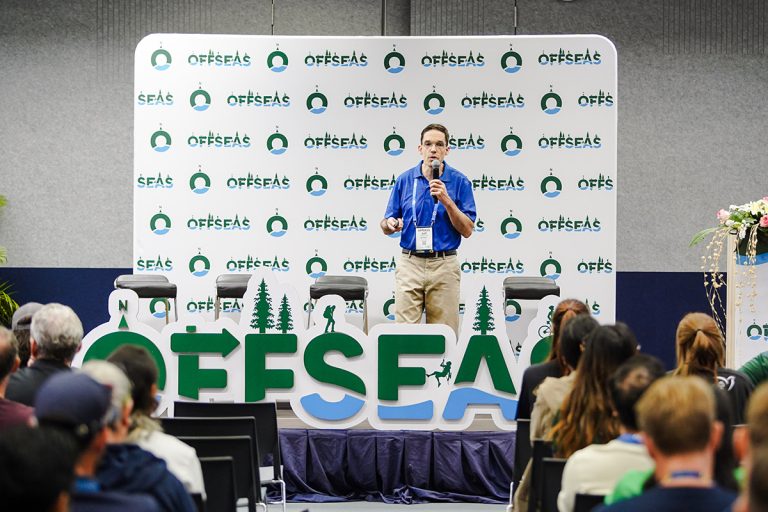
Editor’s note: this article originally appeared on the website of the South African Adventure Industry Association, the professional body for the adventure-based learning and adventure tour guide industry in South Africa, Eswatini and Lesotho. Viristar is grateful for permission to reprint the article here.
The picturesque mountain resort town of Gudauri, nestled high in the Caucasus mountains in the European nation of Georgia, is known around the world as a destination for alpine skiing, and offers other mountain adventures, ranging from climbing to paragliding.
On July 29, 2022, two paragliders on a tandem paragliding flight outside Gudauri had an accident, and crash-landed on a steep and rocky mountain slope. The tail rotor of a rescue helicopter hovering above the victims collided with the side of the mountain, causing the helicopter to crash. All eight persons on the helicopter—four crew members, two rescuers, and two doctors—died. One of the paragliders also died.
The nation’s Prime Minister declared a day of mourning. All paragliding was suspended pending an investigation. The Interior Minister called for more closely regulating paragliding, or banning the activity completely. Members of the Georgian Paragliding Federation called for government regulations to improve the safety of paragliding in Georgia.
Incident Prevention: What Scientific Research Tells Us
How might the paragliding accident and rescue gone awry have been prevented?
Academic researchers have investigated incident causation for decades. From this research, models of how to prevent and minimize the impact of safety incidents have been developed. One model, AcciMap, is used in industries around the world—from nuclear power generation to outdoor adventure.
The model, developed by Danish academician Jens Rasmussen, says that to effectively prevent and mitigate incidents, action must be taken at multiple levels—government, industry associations, organizations, and front-line personnel.
- Government should establish and enforce high-quality safety legislation and regulation.
- Industry associations (for example, in South Africa, this might include the Southern Africa Tourism Services Association (SATSA), members of the South African Adventure Industry Association, or others) should establish codes of good practice (voluntary standards), qualification/certification schemes for individual practitioners, and accreditation schemes for outdoor program provider companies.
- Organizations which provide outdoor adventures should follow widely accepted industry practice for managing risks, maintain a positive safety culture, and strive for continuous improvement. Company managers should design operating plans and work actions to minimize hazardous processes.
- Individual practitioners, such as adventure guides and outdoor activity leaders, should obtain appropriate training and expertise, and diligently follow safety procedures.
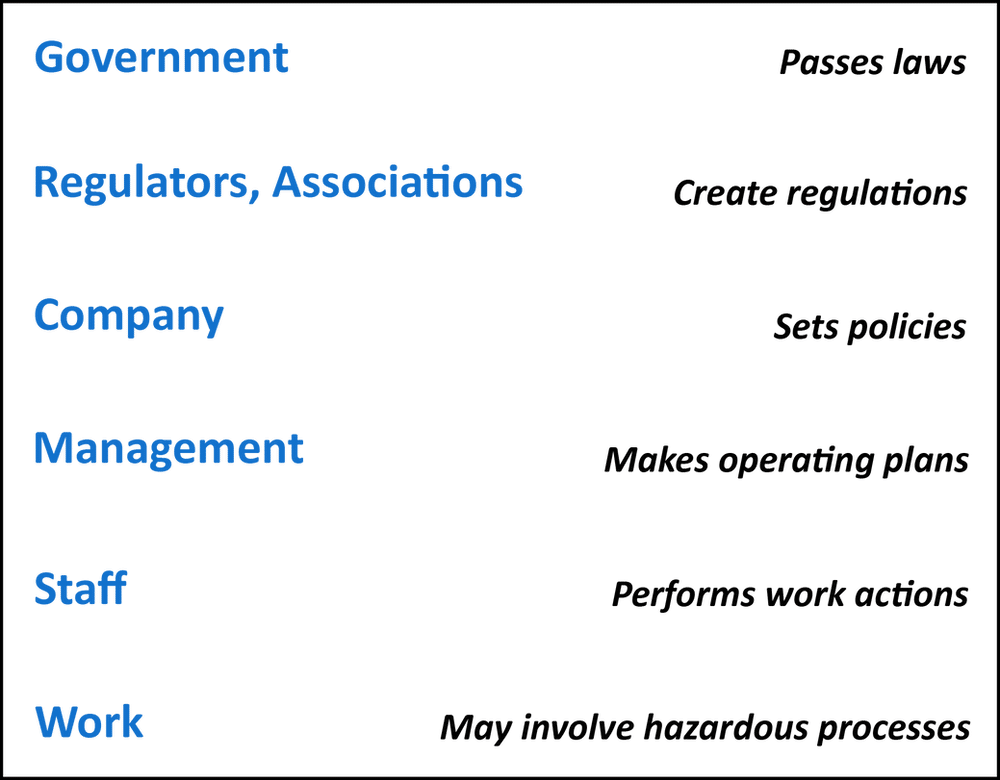
The Role of Government in Outdoor Adventure Safety
Clearly, government has a key role in supporting safety, quality and sustainability in the outdoor adventure sector.
One great advantage that government has over industry associations is its capacity to establish safety practices to which it is compulsory to conform. Industry associations can create good practice standards, but cannot force adventure activity providers to meet them, which permits some providers to operate with deficient risk management procedures.
However, democratically elected governments often face pressure to regulate as little as possible, so as not to create burdensome requirements which lead to economic hardship, stifle innovation, or cause voters to elect less regulatory-minded politicians.
Finding the right amount of regulation—that is enough to be effective, but not so much as to be overly burdensome—is a tricky balance for government bodies everywhere.
Government and Outdoor Safety Regulation: Case Studies
Most national governments have some form of occupational health and safety legislation, which covers business activities across all industries.
A few governments have also established safety regulations specific to the outdoor sector. These countries tend to be places where outdoor activities are culturally or economically prominent, and where there are sufficient financial resources to develop and enforce outdoor safety requirements without overburdening the outdoor sector. Often, the regulations are put in place only after one or more highly-publicized tragedies in the outdoor sector have created sufficient political momentum to see regulation pushed through the political process.
These countries include the UK, New Zealand, India, Switzerland, and Singapore. Let’s take a brief look at each one.
United Kingdom
The UK Parliament, following the 1993 drowning of four schoolchildren on a two-hour sea kayaking trip in Lyme Bay, passed the Activity Centres (Young Persons’ Safety) Act 1995. This legislation established a licensing authority for adventure activities.
The Act was followed by the Adventure Activities Licensing Regulations 2004. These regulations describe which activities are regulated, and require risk assessments and mitigation measures, sufficient numbers of competent instructors (with a list of relevant qualifications provided), leader-to-participant ratios, appropriate participant supervision, safety communications, sufficient and suitably maintained safety equipment, first aid training, and written emergency procedures.
The regulations require adventure providers to pass a third-party audit by a competent government-authorized inspector before receiving licensure.
The legislation and regulations, though imperfect, have been credited with effecting a significant increase in the safety of adventure activities in the UK.
Since the establishment of the Act and Regulations, various efforts to abolish them have been made, and are continuing.
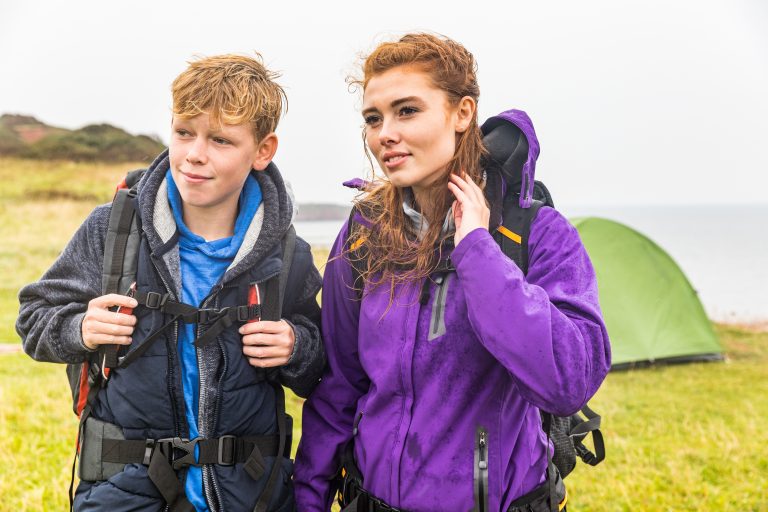
New Zealand
In 2008, Emily Jordan, a recent British law graduate, drowned in a riverboarding incident in New Zealand. Two weeks later, six schoolchildren and their teacher drowned on a canyon hike on New Zealand’s North Island.
These incidents led to the establishment of the Health and Safety at Work (Adventure Activities) Regulations 2016.
The regulations define adventure activity, require certain adventure activity providers to pass a safety audit, authorize safety auditors and an adventure activity operator registration system, and require the development of a safety audit standard.
The regulations were made under New Zealand’s general occupational health and safety law, the Health and Safety at Work Act 2015. The law, which does not mention outdoor or adventure activities specifically, explicitly permits making of regulations, including regarding registration schemes.
The Safety Audit Standard for Adventure Activities created as a result of the adventure activities regulations provides detailed requirements for operators of adventure activities. The Safety Audit Standard requires operators to have a Safety Management System establishing safety policy, and requires organizational leaders to ensure that the SMS meets its goals.

The Safety Audit Standard also describes requirements having to do with safety communications, staff training, assessing and managing risks, using standard operating procedures conforming to good practice, the need for staff to be competent, dynamic risk management, adequate participant supervision, appropriate clothing and equipment, effective field communication, emergency response plans, incident response plans, incident review process, and continual improvement.
To help adventure activity operators understand and conform to the regulations and the safety audit standard, the New Zealand government worked with the private sector to establish a resource full of templates, examples, and explanations.
Following the introduction of the adventure safety regulations, New Zealand’s outdoor adventure sector, which in some settings had a “cowboy” culture and a reputation for lax safety practices, became a global role model for excellence in outdoor risk management.
Following an incident on Whakaari/White Island in which 22 persons died after a volcanic explosion, changes to strengthen the adventure activities regulations are planned.
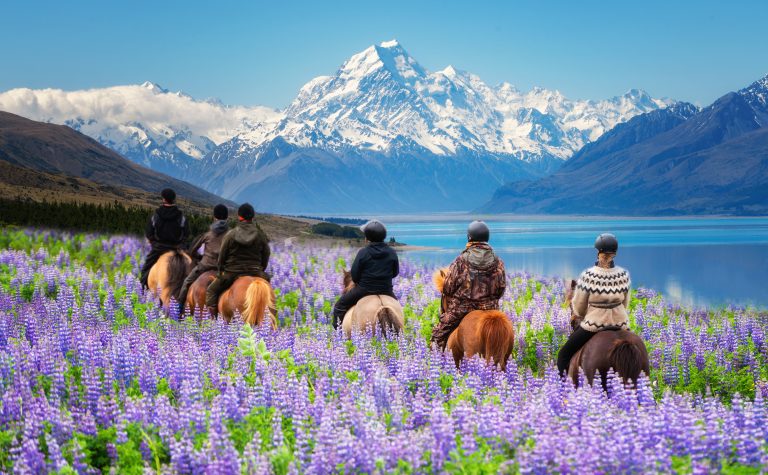
India
In 2007, a child died on a Himalayan trek. The child’s parents filed a public interest lawsuit, asking the government to require improved outdoor adventure safety regulations. The Mumbai High Court directed the government of the Indian state of Maharashtra to develop safety policy and guidelines for organized adventure activities.
After 14 years of work and discussion, the Government of Maharashtra issued a Government Resolution on adventure tourism, prescribing safety regulations. The Resolution covers air-, land- and water-based organized adventure activities. Adventure tourism operators must register, and meet detailed requirements regarding trained staff, certified equipment and more.
The Resolution also obligates the government to provide financial and other support to assist volunteer rescue groups, help develop incident investigation procedures, and help promote adventure tourism. A committee with government officials and external specialists is to perform on-site inspections and conduct incident reviews.
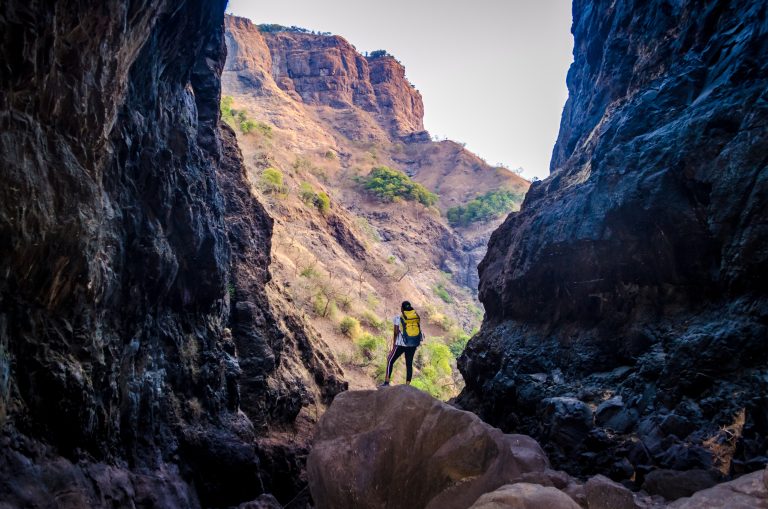
A 267-page set of good practice standards for adventure safety, developed by industry experts, accompanies the Resolution.
The same year the southern India state of Kerala passed similar adventure tourism safety regulations, requiring operator registration and on-site inspections.
This material complements safety guidelines developed by the Adventure Tour Operators Association of India.
The establishment of adventure safety requirements in two Indian states is promising. However, it’s too early to tell how effective they will be.
Switzerland
In 1999, on a canyon trip in Switzerland, 21 people died when a flash flood raced through the canyon. Following this tragedy, the Swiss government created outdoor safety legislation at the national and canton level.
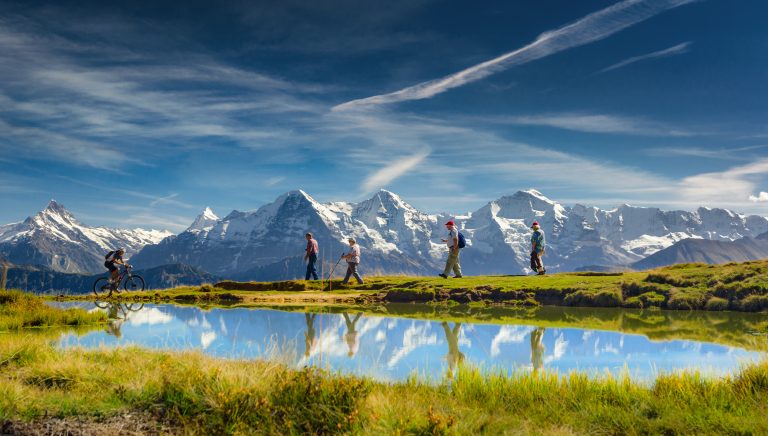
The law, revised in 2019, addresses high-risk activities including mountaineering, canyoning, bungee jumping, skiing, via ferrata, and whitewater boating, among others. Activity leaders must meet certain training and certification requirements.
The law is based on ISO 21101, 21102, and 21103, addressing adventure tourism safety management systems, leader competence, and information for participants.
The requirements in the Swiss law and accompanying regulations are well-regarded and are seen as an example other territories, particularly those with alpine-based adventure activities, may follow.
Singapore
The island nation of Singapore takes outdoor adventure seriously. Every public school student experiences three multi-day outdoor adventure education experiences as part of their schooling, paid for by the Education Ministry.
The country also takes outdoor safety extremely seriously. Following the 2021 death of a young person in a ropes course incident, the government indefinitely shut down all outdoor activities involving high elements for all schools, nation-wide.
The closure was lifted two years later, only after strict new regulations were put in place. Height-based activity providers must have their facilities accredited, and instructors must meet qualification requirements.
A comprehensive set of compulsory national safety standards is being developed, and may be completed by 2025.
Developing Effective Outdoor Safety Regulation
It’s not easy to create effective regulation—for outdoor adventure safety or anything else—that meets its intended aims. Regulation has the best chance of working well when it has the following characteristics:
- The regulation is developed through an inclusive process, with input from industry, and sufficient time for all parties to be heard.
- The regulation has a well-developed enforcement mechanism built in, such as a process to check for licenses/permits/qualifications, and application of legal penalties.
- Government provides support for industry to understand and be able to conform to the new requirements. This can include funding to help organizations develop new knowledge and skills. Examples include the national ski and alpinism school (ENSA) in France, run and paid for by the French government, or the Technical and Further Education (TAFE) system in Australia, which provides year-long outdoor leadership training at low cost or for free.
- Inspectors or auditors of regulated organizations are well-qualified. This can mean they are accredited by the relevant national accrediting agency or its authorized accrediting body (such as JAS-ANZ in Australia), or conform to the ISO 17021 auditing body requirements, as Switzerland specifies for its adventure tourism safety auditors.
- The regulation is strict enough to be successful in improving safety outcomes, but not so burdensome it puts many companies out of business, or faces strong popular resistance from operators or politicians. An example of the latter is Turkey’s “zoning amnesty” allowing construction not meeting seismic safety standards, which critics say contributed to the deaths of tens of thousands during a recent earthquake.
All Things Are Connected
Advancing the quality of outdoor adventure experiences requires an all-of-government response. It necessitates:
- Legislators to craft appropriate legislation, such as an occupational health and safety act;
- Executive branch personnel to lead the development of high quality secondary legislation, or regulation, to provide detailed adventure safety requirements;
- Education department leadership to support quality and accessible vocational training opportunities;
- Land management agencies to support regulatory enforcement, for example by checking operator permits and qualifications;
- Law enforcement, to appropriately enforce laws in the outdoor sector;
- Government accreditation management infrastructure, to help ensure competency of safety auditors;
- Health and Safety department leadership to manage outdoor safety regulation matters, and
- Sports agency (or equivalent) personnel to support national governing bodies and adventure industry associations (such as the African Ropes Course Association).
Governments, especially those not governing high-income jurisdictions, have limited resources and a vast set of needs and priorities they seek to address. And developing high-quality regulation and enforcement regimes is highly complex.
Yet, when government entities such as those mentioned above collaborate to improve the safety and quality of outdoor adventure experiences, the success that national governments in New Zealand, Switzerland, the UK, Singapore and elsewhere have achieved show us that improving the performance of the outdoor adventure sector through sensible regulation is both eminently possible and indisputably valuable.
Following the Tragedy In Georgia
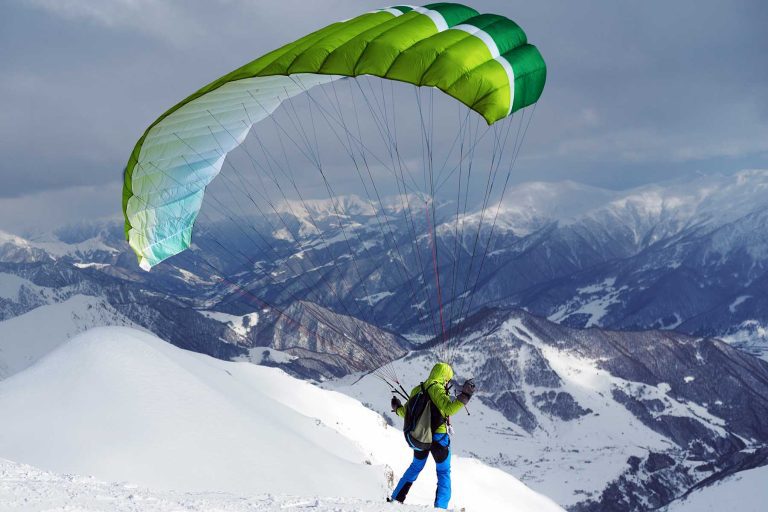
Paragliding in the country of Georgia is largely unregulated. Individuals with little training can start a paragliding business, offering rides to tourists.
Paragliding “is truly a big problem,” Georgia’s Interior Minister said. “Hardly a week passes without a rescue operation.”
A member of the Georgian Paragliding Federation, Rostom Talakhadze, said, “Reasonable regulations need to be introduced.”
The Georgian Paragliding Federation has been working since 2010 to train operators, create a qualification scheme, and document standards. Regulations, which help ensure all operators meet minimum requirements, is a next step. Association members are ready to work with government officials to establish these regulations, and hope to see the suspension of paragliding activities ended soon.
Georgia is working hard to build its adventure tourism industry. But the UK government advises travelers seeking adventure sport experiences in Georgia that “in some instances, safety standards may not be adequately observed.” Georgia recognizes the need to invest in safety improvements to boost its reputation for quality and safety.
An effort is now underway to draft regulations for high-risk adventure tourism activities in Georgia.
The regulations are expected to address not only paragliding but also mountaineering, skiing, ziplining, canyoning, and rafting.
The crash of the helicopter attempting a high-risk rescue of the injured paragliders, which was recorded on a very disturbing and graphic video, is a horrific event and a terrible tragedy. But government regulation—sought after by both government officials and members of the Georgian Paragliding Federation—has the promise to help prevent future paragliding incidents and reduce the need for rescues.
Progress In South Africa
Important efforts are being made to support good practice standards and regulation—compulsory or voluntary—in the South African outdoor adventure sector.
The Adventure Chapter of SATSA, the Southern Africa Tourism Services Association, is hard a work on an Adventure Self-Regulation Project, which seeks to advance adventure tourism in southern Africa through the establishment of a general Code of Good Practice and activity-specific Codes of Good Practice for wheels-based, boat-based, paddling/rafting, mountaineering, aerial and adventure sport activities. Data collection, complaint management, advocacy and promotional efforts are also part of the project.
South Africa’s Quality Council for Trades and Occupations (QCTO) is taking over from the South African Qualifications Authority (SAQA) the responsibility for accreditation of occupational qualifications programmes, and is working on a National Quality Assurance system for those programmes.
The Culture, Arts, Tourism, Hospitality and Sport Sector Education Training Authority (CATHSSETA) previously issued certificates of competency (using training standards in SAQA’s National Qualifications Framework) for outdoor adventure tourism guides, who were required to go through training and pass an assessment conducted by a government-accredited assessor.
As QCTO takes on its new role, it has the opportunity to sustain and enhance the vocational training and credentialing of adventure tourism guides in South Africa.
And finally, the work of the South African Adventure Industry Association (SA AIA) holds great promise in its aim to advance the professionalization of the southern African adventure industry.
SA AIA offers online resources, a conference, and coordination of promotion, advocacy, and skills training efforts across the Adventure Based Learning and Adventure Tour guiding industries. The Association has great potential as a catalyst for collaboration involving government bodies, associations, and adventure providers.
SA AIA is well-positioned to advance the safety, quality and effectiveness of adventure experiences in southern Africa, and increase the economic and social benefits that a strong adventure sector brings to the southern Africa community.
